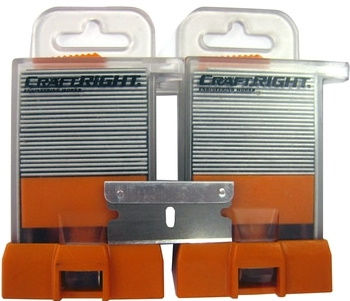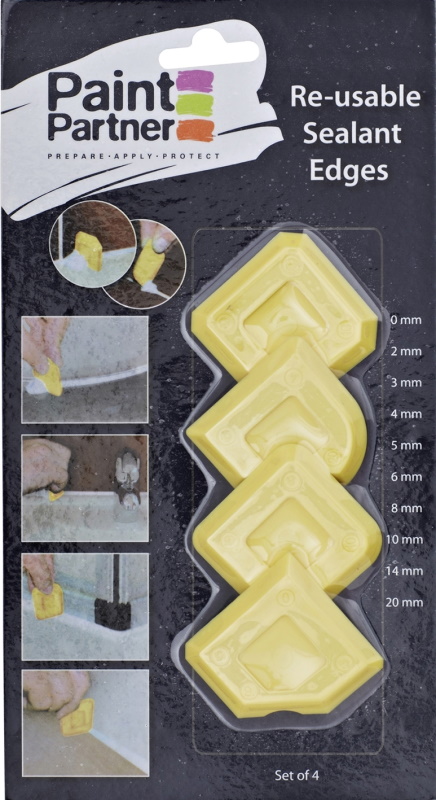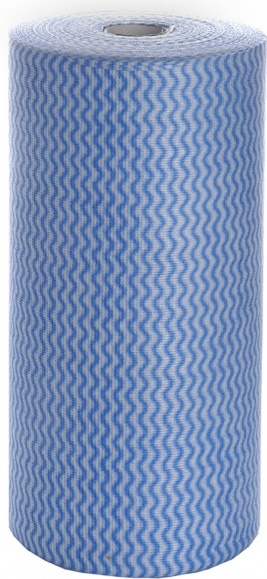Silicone caulk / mold
The trick is to resist the temptation to touch caulk with your fingers.
The other trick is to spray soapy water lightly over the bead so when you scape off excess it doesn’t stick to anything. Soapy water should not get underneath the bead of silicone.
To remove old silicone:
- use a scraper to remove most of the silicone.
- apply mineral turps with a sheet of cleaning cloth to soften remaining silicone.
- use isopropyl alcohol and a sheet of cleaning cloth to thoroughly clean the area.
- make sure area is dry before applying new silicone.
Applying new silicone
- tear a sheet of a cleaning cloth roll
- cut tip of nozzle – just cut straight for a 5mm opening. no need for fancy shapes
- [!] start in corner and end halfway along wall somewhere in the middle
- start at the other corner and meet in the middle
- it doesn’t matter if bead is irregular; just make sure it sticks down and the bead is thick enough (better too much than not enough)
- [!] lightly spray soapy water after you ran a bead of silicone. this will prevent excess from sticking to the square.
- use square with flat face touching the silicone moving forward to scape excess silicone
- again, start in corner
- notice how quickly it collects on square
- wipe regularly on cleaning cloth and resume
- fold cleaning cloth in half and put aside
- tear off a new sheet of cleaning cloth and do the next bead
- clean scaper edges with soapy water and cleaning cloth
- throw silicone caulk cartridge in the bin. doesn’t store well.
Seriously, all you need is a spray bottle with a bit of dishwashing liquid, a cleaning cloth roll, any old cheap and nasty caulking gun and some sealant edges squares. Spray bottle with soapy water after you put down a bead of silicone, using a scraper square and not using your fingers is the trick.
Mold
Mold roots go into porous materials,
Mold spores spread mold,
Cleaning products that are often mentioned:
- vinegar
- bleach
- hydrogen peroxide
- isopropyl alcohol
- baking soda
- oil of clove / clove oil
- tea tree oil
for areas that require scrubbing, pour 2 cups of water and 1 teaspoon of baking soda into a spray bottle and shake well. baking soda has a bit of grit to it.
bleach only works on non porous surfaces like tiles.
bleach is 90% water with sodium hypochlorite.
bleach makes black mold look white but does not fully remove it. see if it comes back in same spot where you applied bleach.
white vinegar (= for cleaning) contains more acetic acid than distilled vinegar (= for cooking).
get white vinegar with at least 5 percent acetic acid
use undiluted in spray bottle and let soak
[!] do not use on metal
tea tree oil is believed to be more effective at inhibiting mold growth than vinegar, alcohol, and some commercial mold cleaners.
to use tea tree oil, try mixing a teaspoon of oil with about a cup of water in spray bottle.
Selleys Rapid Mould Killer 500ml spray bottle seems to work well. Also contains bleach. Will bleach clothing and leave streaks on shower base tiles if not careful.
DO NOT MIX:
Bleach + Ammonia = Chloramine gas
Bleach + Vinegar = Chlorine gas
Bleach + Rubbing Alcohol = Chloroform
Hydrogen Peroxide + Vinegar = Parecetic acid



